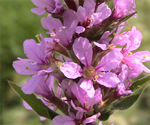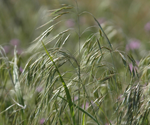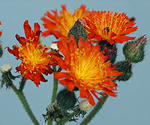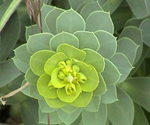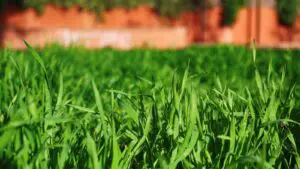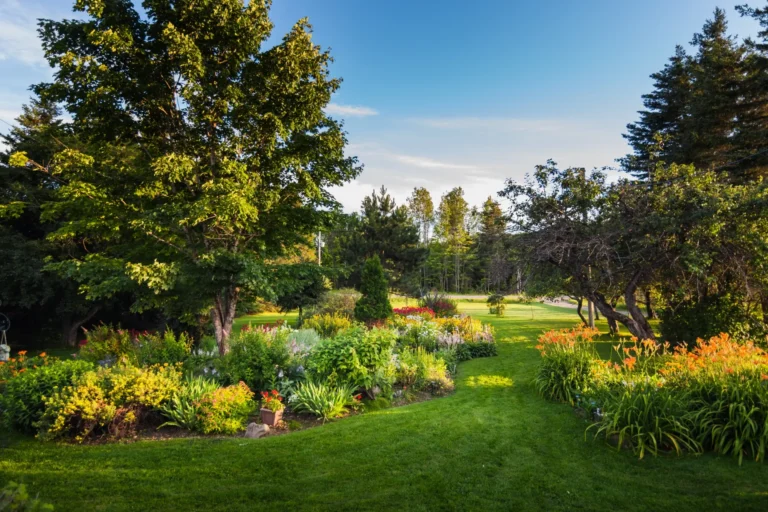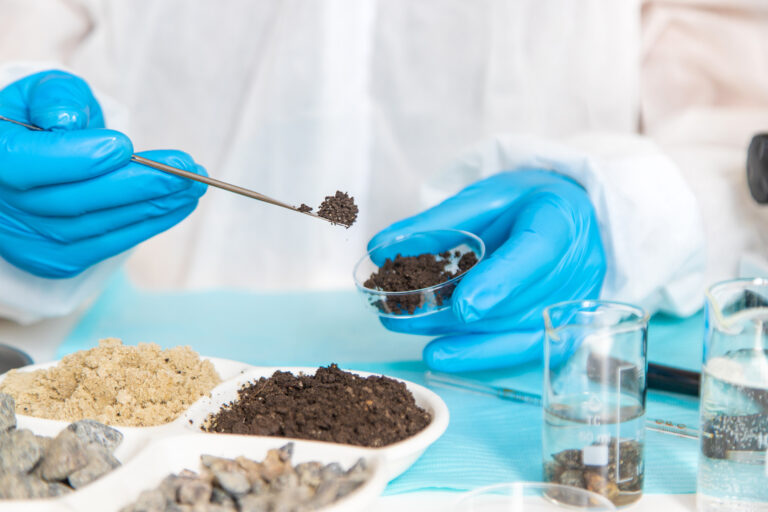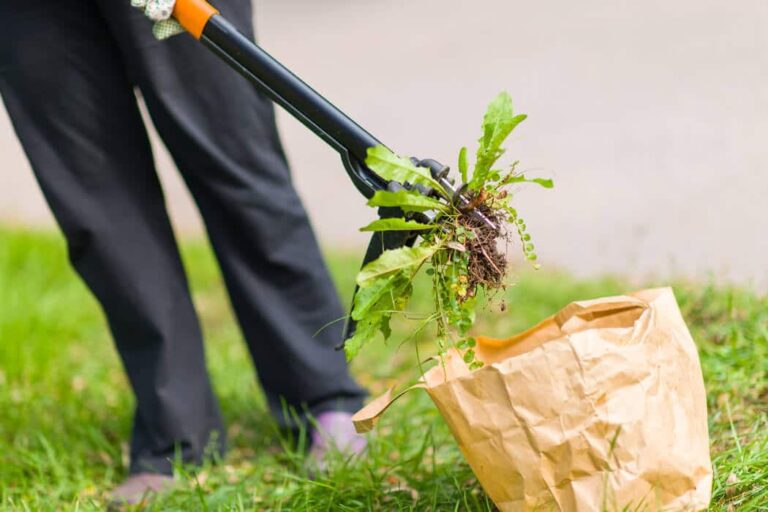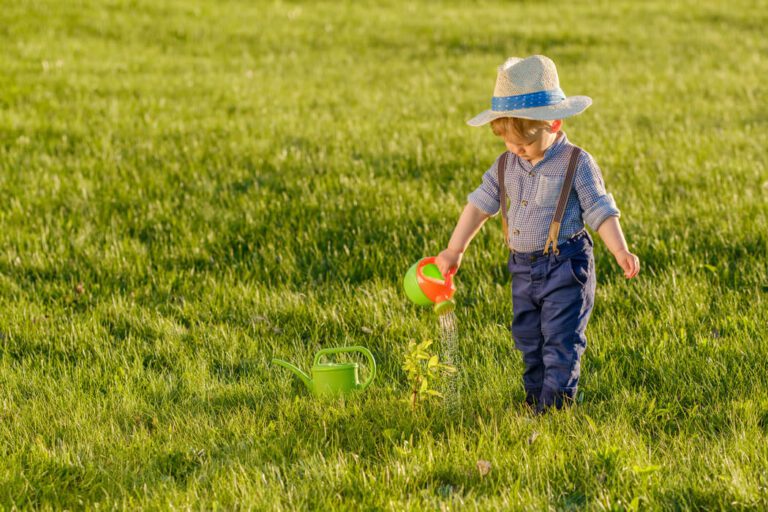Demystifying Noxious Weeds: What Colorado Landowners Need to Know About Identification and Removal
Some weeds are a nuisance: they invade lawns and garden beds, fighting your plants and flowers for resources and interfering with the beauty of your yard. Other weeds are far more insidious, threatening the ecological health of Colorado. These weeds are known as noxious weeds.
Noxious weeds, often deceptive in their appearance, threaten the balance of our local ecosystems. As stewards of the land, landowners play a pivotal role in combatting this menace. The impact of these invasive plants extends far beyond their immediate vicinity, affecting Colorado’s wildlife, water sources, and the natural beauty of our beloved state.
Understanding Noxious Weeds
Noxious weeds, by definition, are invasive species known to wreak havoc on ecosystems by suppressing native flora. Their introduction in Colorado’s varied ecosystems has caused a significant imbalance, leading to soil erosion and reducing biodiversity. Noxious weeds aggressively consume vital nutrients, starving native plants. The cascading effect also influences local animal life, diminishing food sources and altering habitats.
Noxious weeds have repeatedly threatened ecosystems worldwide, leading to reduced biodiversity, altered habitats, and even economic repercussions.
Here are a few ways noxious weeds have changed ecosystems across the U.S.
Purple Loosestrife in North American Wetlands
Introduced from Europe and Asia in the 19th century, purple loosestrife (Lythrum salicaria) quickly spread across North American wetlands. Purple loosestrife originated in Europe and Asia and was likely introduced to North America in the early 1800s via ship and as an ornamental garden plant. Its striking purple flowers made it popular for decorative purposes.
However, the plant’s aggressive growth and lack of natural predators in North America led to it spreading rapidly and displacing native plant species in wetland habitats. This invasive weed degrades wetland habitats crucial for species like waterfowl, amphibians, and other wildlife. The plant’s spread has disrupted natural water flows, leading to increased siltation in waterways.
Cheatgrass / Downy Brome in the Western U.S.
Cheatgrass, also called Downy Brome, (Bromus tectorum) is an invasive grass from Europe and Western Asia. It was introduced in the 19th century via ship and contaminated crop seeds.
Cheatgrass is a quick-growing annual grass notorious for its rapid spread across the rangelands of the western United States, out-competing native plants. Its dry nature increases the frequency and severity of wildfires, further impacting the native flora and fauna. Additionally, cheatgrass provides little nutritional value for grazing animals, negatively affecting cattle ranching.
Kudzu in the Southern U.S.
Originally introduced from Japan for erosion control and as a forage crop, kudzu (Pueraria montana var. lobata) quickly became a menace. It can quickly cover and smother utility poles, buildings, and other infrastructure.
Often referred to as “the vine that ate the South,” kudzu covers and suffocates native plants, trees, and structures with its rapid growth. Kudzo consumes 120,000 acres per year. This rampant growth has a cascading effect on the ecosystem, reducing biodiversity, eroding soil, and altering animal habitats.
These real-life scenarios underscore the importance of managing noxious weeds and taking preventive measures to stop their spread. Noxious weeds must be recognized, prevented, and properly removed to protect Colorado’s natural ecosystem.
Identifying Noxious Weeds in Colorado
Recognizing noxious weeds is the first step to protecting our home state. Unfortunately, it’s not always easy to distinguish between natural wildflowers and noxious invasive weed species that threaten the local ecosystem.
Many noxious weeds were brought over in the 1800s from other countries to be used as ornamental garden plants, and their attractive blooms may not give them away as a danger to natural habitats.
Using state-sanctioned resources, like the Colorado Department of Agriculture’s guide to noxious weeds, can help you accurately identify the invasive species most likely to impact your home and garden.
Dangers and Introduction of Noxious Weeds in the Colorado Ecosystem
Unfortunately, Colorad’s natural beauty and habitats are threatened by invasive species of noxious weeds. You may have seen these species crowding meadows and waterways throughout the state or even growing in your own backyard.
Orange Hawkweed (Hieracium aurantiacum)
Often mistaken for a simple wildflower, Orange Hawkweed has bright orange petals. This perennial can rapidly dominate meadows, crowding out native grasses.
While the origin of this noxious weed isn’t known, it’s believed that Orange Hawkweed was introduced to North America as a garden ornamental. The seeds might have been transported unintentionally through gardening materials or dispersed from cultivated gardens into wild areas.
This aggressive plant can form dense mats, replacing native vegetation and reducing forage for wildlife. Its rapid growth can alter soil nutrients, further inhibiting the growth of native plants. It also reduces plant biodiversity, which can have cascading effects on the local ecosystem.
Canada Thistle (Cirsium arvense)
Its spiky leaves and purple or white flowers may look harmless, but Canda Thistle’s deep roots spread rapidly, often taking over large plots of land.
It’s believed that Canada Thistle was introduced to North America unintentionally as a contaminant in crop seeds. Once established, its seeds were easily spread by wind, water, and human activities.
Beyond its physical harm—spiky leaves can cause injuries to animals and humans—its aggressive growth patterns and deep roots make Canada Thistle hard to control. It competes for resources, often displacing native species. Over time, it can reduce plant diversity and negatively impact the animals relying on native plants.
Myrtle Spurge (Euphorbia myrsinites)
Myrtle Spurge is a succulent-like plant with yellow-green flowers and sap that can irritate the skin.
Due to its unique appearance, Myrtle Spurge was introduced to the U.S. as an ornamental plant. However, garden escapees and improper disposal of garden waste may have led to its spread in the wild.
Besides its skin-irritating sap, Myrtle Spurge displaces native vegetation and can lead to soil erosion. Animals grazing on it can get poisoned, making it a hazard for local wildlife and livestock.
Purple Loosestrife (Lythrum salicaria)
Purple Loosestrife looks pretty, but its pinkish-lavender blooms are a danger to the habitat for wetland animals and insects.
As mentioned above, Purple Loosestrife originated in Europe and Asia and made its way to the U.S. in the 19th century, both intentionally as an ornamental plant and accidentally in the ballast of ships.
Purple Loosestrife can create dense thickets, displacing native wetland plants. As these native plants are removed, it disrupts habitats for various animals, especially for species relying on wetland ecosystems and alerting the hydrology of wetlands.
For all these plants, their spread in the Colorado ecosystem and beyond highlights the unintended consequences of introducing non-native species into new environments. Proper identification, rapid response, and appropriate management techniques are essential in controlling their spread and mitigating their impact.
Removing Noxious Weeds on Your Property
As a homeowner, spotting a noxious weed on your property isn’t just an ecological concern; it’s also a legal one. The Colorado Noxious Weed Management Act was enacted in July 1990. The law states that certain noxious weeds threaten the continued economic and environmental value of the land in Colorado and must be managed by all landowners in the state.
Recognizing and removing noxious weeds is a serious responsibility for Colorado homeowners.
Methods for Noxious Weed Removal in Colorado
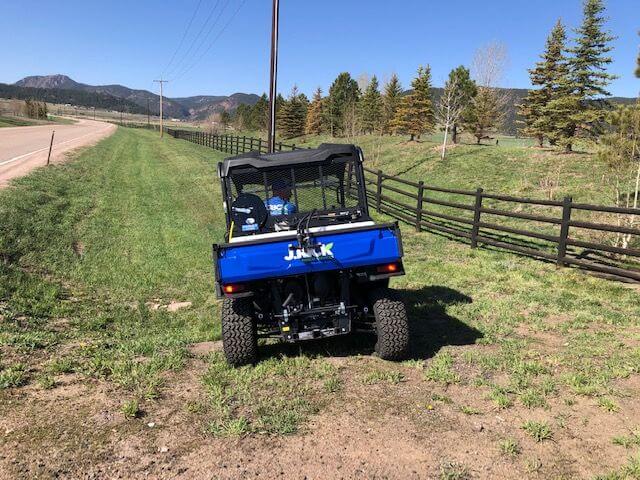
If you’ve identified one of these invading species on your property, waste no time in removing them. You can hire a professional to perform noxious weed control services or remove them yourself.
Mechanical Weed Removal
Mechanical techniques for weed removal include mowing, tilling, hand-pulling, or burning to physically disrupt plant growth and physically remove the invasive species. However, some weeds, like the Canada Thistle, have deep roots, and more than hand-pulling is needed for complete removal.
Chemical Weed Removal
Herbicides are effective for weeds but need to be used with caution. Understand the difference between pre-emergent herbicides, which prevent weeds from growing, and post-emergent herbicides, which kill actively growing weeds. Some herbicides are selective and will wipe out invasive weeds while not harming your lawn, while others will kill any plant they touch, including your ornamental and desired native plants. Always adhere to use guidelines, considering the environmental implications and potential harm to native species.
It may be best to consult a professional for weed removal services if you’re unsure how to use a chemical herbicide.
Biological Weed Control
Biological weed control utilizes insects to exert pressure on a weed to reduce it to acceptable levels. This is most useful for reducing seed production or weakening plants where other control methods are not cost-effective. Releasing these bio-agents can be a natural way to control the spread. However, consult with local agricultural experts before introducing any new species.
Land managers also use cattle, sheep, and goats to selectively overgraze and weaken certain weed species. It’s important to note that livestock and wildlife can carry and spread weed seed on their coats or feces; avoid moving livestock from weedy areas to weed-free areas when weeds produce viable seed.
Preventing Noxious Weed Reinfestation
Remember, prevention is always better than cure. Post removal, prevent reinfestation of noxious weeds by:
- Proper Disposal: Don’t just toss the removed weeds. They might find their way back. Burn them or use approved disposal methods.
- Regular Monitoring: Schedule periodic checks, especially during the growing season. Early detection can save you a lot of effort later.
- Encourage Native Plants: Grow native species. They not only resist noxious weeds but also promote local biodiversity. For instance, the Colorado blue columbine, our state flower, adds beauty and strengthens the local ecosystem.
Being a responsible Coloradoan isn’t just about enjoying our state’s natural beauty but preserving it. Addressing the issue of noxious weeds is both an environmental necessity and a civic duty. Should the task seem daunting, remember that professional lawn services are just a call away, ready to help ensure that your state, home, lawn, and gardens are healthy and beautiful.



